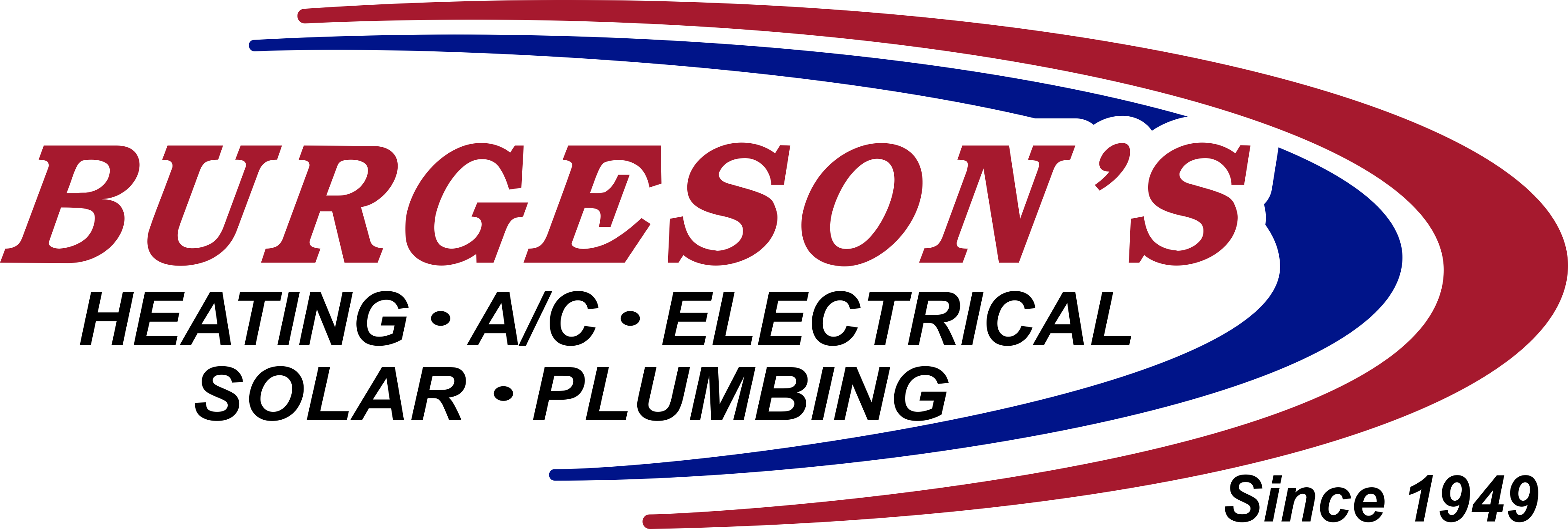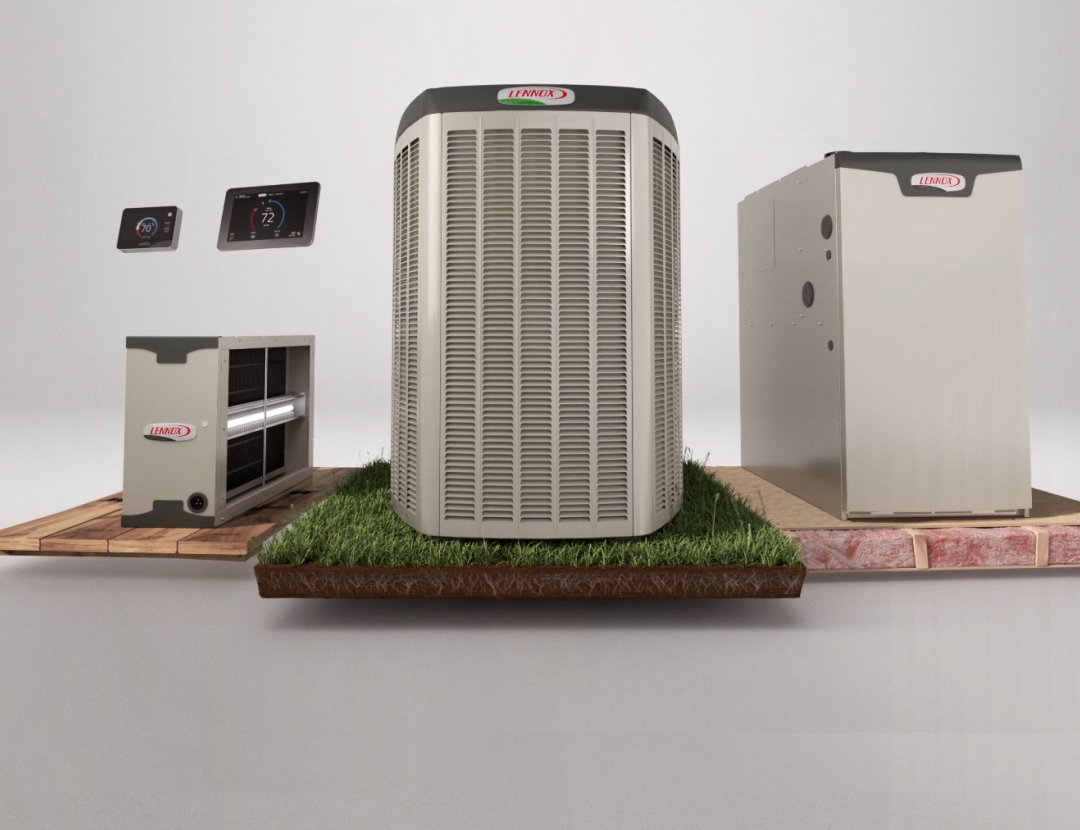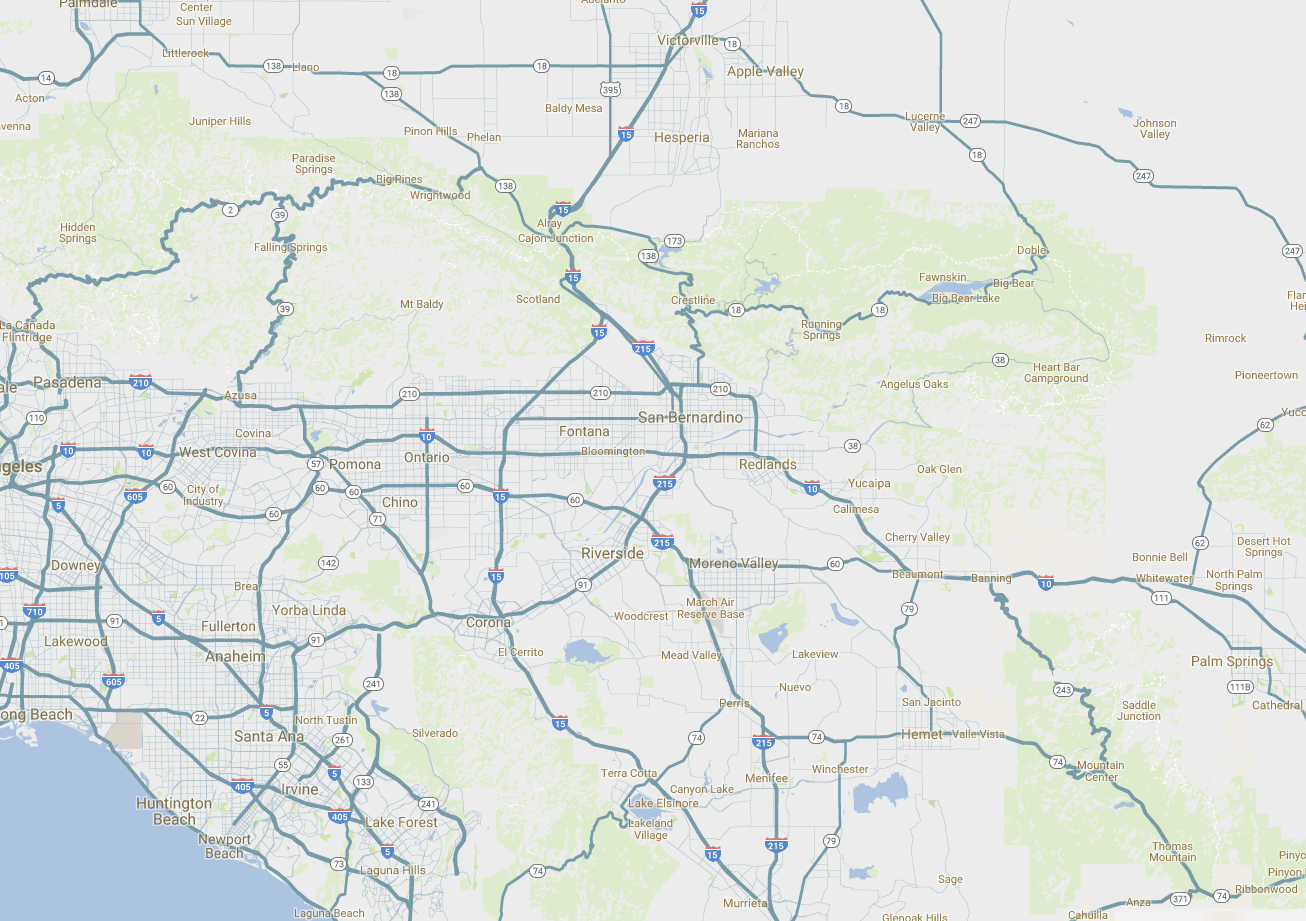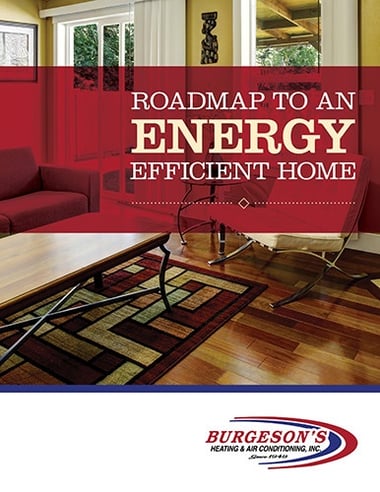What’s the Cost to Install an Air Conditioner in Southern California?
The cost to install a central air conditioner or system in the Southern California area typically ranges from $6,000 to $25,000. Yes, that’s a wide price range, but it’s because every AC installation is different. What you’ll end up paying for a new central AC all depends on the:
- Tonnage (size) you need
- AC System brands & Pricing
- AC system’s efficiency level
- Features of the AC unit
- Labor Costs & Installation Complexity
- Condition of existing indoor & outdoor components
- Whether your furnace also needs to be replaced
In this article, we’ll take a closer look at each of the factors above to determine exactly how they affect your AC installation cost.
Want a precise quote for your AC installation? Contact us. We’ll send over an HVAC Design Specialist to inspect your home and then provide you with a fair, upfront quote personalized for your needs.
PRICE FACTOR #1: TONNAGE (SIZE) YOU NEED
Bottom line: The higher the tonnage, the more the AC system will cost.
Air conditioners are sized by their cooling capacity, measured in tonnage. Because AC systems work by removing heat, tonnage refers to how much heat the system removes from your home per hour. For example, a 1-ton AC can remove up to 12,000 BTUs per hour. Most residential Air conditioning units range from 1 to 5 tons, depending on the home size and cooling needs.
Wondering about the AC installation cost for your home? The only way to know for sure is with a professional load calculation. Using a general AC size calculator or relying on square footage alone can lead to oversized or undersized AC systems, which means higher bills and frequent repairs.
ESTIMATED AC SYSTEM INSTALLATION COST BY TONNAGE
These updated figures reflect the total cost for installing a complete AC system, including equipment and labor, not just the cost of the AC unit.
|
Tonnage |
Estimated Installation Cost |
|
1.5 Tons |
$5,000 - $10,000 |
|
2 Tons |
$5,000 - $10,000 |
|
2.5 Tons |
$8,000 - $13,000 |
|
3 Tons |
$10,000 - $15,000 |
|
3.5 Tons |
$12,000 - $17,000 |
|
4 Tons |
$13,000 - $20,000 |
|
5 Tons |
$14,000 - $25,000 |
Our tip: Request a load calculation to determine the AC size. Using “rule-of-thumb” or roundabout guesses often results in improper AC sizing, which can lead to a shortened equipment lifespan, higher utility bills, and costly repairs.
PRICE FACTOR #2: AC SYSTEM BRANDS & PRICING
Bottom line: Premium brands come with higher upfront costs but better performance and longevity.
Not all AC brands are priced the same. Some premium manufacturers offer higher energy efficiency, better warranties, and quieter operation, but at a higher cost.
Here’s a general comparison of AC brands and their pricing:
|
Brand Type |
Example Brands |
Estimated Cost |
|
Budget Brands |
Goodman, Amana |
$10,000 - $15,000 |
|
Mid-Range Brands |
Daikin, Rheem, Trane |
$12,000 - $17,000 |
|
Premium Brands |
Lennox, Carrier, Mitsubishi |
$13,000 - $25,000 |
Our Tip: If you’re replacing your AC, consider the long-term savings of a higher-efficiency unit from a trusted brand.
PRICE FACTOR #3: AC EFFICIENCY LEVEL
Bottom line: The higher an AC system's efficiency, the larger the investment.
Air conditioner efficiency is measured by a “SEER” rating, which stands for Seasonal Energy Efficiency Ratio. A system’s SEER rating refers to how much energy it will consume throughout the cooling season. Higher SEER-rated units are typically a larger investment, but they also provide more energy savings over the lifetime of the unit.
Residential (AC-removed) SEER ratings can range anywhere from 14 to 25+. Wondering which efficiency level you should choose?
The air conditioner install cost varies based on SEER rating, tonnage, and additional features. Consult a professional before making any decisions. A professional will provide you with the SEER rating that best works for your comfort needs and budget.
PRICE FACTOR #4: COMFORT FEATURES
Bottom line: The more comfort features an AC system provides, the more it will cost.
Higher-end AC models often come with more “comfort” features. Some common comfort features include variable cooling speeds or additional sound insulation.
Something to keep in mind is that comfort features aren’t necessarily built into the unit itself and are added in at the time of installation. These add-on features include:
- Smart thermostat upgrades
- Whole-home air filtration and purification systems
- Zoning systems
PRICE FACTOR #5: LABOR COSTS & INSTALLATION COMPLEXITY
Bottom line: Labor costs depend on local rates and how complex the installation is.
Your installation cost isn’t just about the AC unit itself—labor plays a big role. The more complex the job, the higher the cost. Factors that affect labor costs:
- Installing new ductwork
- Upgrading electrical wiring
- Limited access to indoor/outdoor units
- Retrofitting an old system
PRICE FACTOR #6: CONDITION OF EXISTING INDOOR & OUTDOOR COMPONENTS
Bottom line: If certain indoor/outdoor components need to be repaired or replaced, this will raise the overall cost of your installation.
An AC system consists of many working parts, which are located both inside and outside of your home. These components include:
- Refrigeration line sets
- Electrical circuits and disconnects
- Ductwork
- Air registers (vents)
Sometimes, these components become damaged due to weather or wear and tear and may need to be replaced. Or they are simply outdated and need to be updated to be compatible with newer technology. The more components that need to be replaced, repaired, or updated, the more you will pay overall for the installation project.
PRICE FACTOR #7: WHETHER YOUR FURNACE ALSO NEEDS TO BE REPLACED
Bottom line: If your furnace also needs to be replaced, your installation cost will increase.
The reality is that if your central AC needs to be replaced, it’s usually necessary to replace your furnace at the same time due to issues revolving around the compatibility of the refrigerant required by your system. Newer units require upgraded, eco-friendly refrigerants by law.
Also, your AC unit will not reach its optimum efficiency level without being paired with a variable speed furnace.
Because your central AC and furnace share many of the same systems (air handler, ductwork, etc.), upgrading one without the other can cause expensive issues, such as:
- Shortened equipment lifespan
- High utility bills
- Frequent repairs
- Lower efficiency
The good news is you save more money by replacing both the furnace and AC at the same time.
A large chunk of the installation cost goes toward labor. You can save a lot on labor costs by replacing both your AC and furnace at the same time versus having a team come back out to replace the furnace later on.
ADDITIONAL COSTS TO CONSIDER
Your final AC installation cost includes more than just the unit—be prepared for additional expenses.
AC UNIT REPLACEMENT VS. ALL-NEW HVAC SYSTEM
A simple AC replacement can cost less than installing an entire HVAC system with new ducts and components. If your system is over 15 years old, replacing both the AC and furnace together can save on labor costs in the long run.
NUMBER OF ZONES
Zoned cooling systems allow you to control temperatures in different areas of your home. The more zones you have, the higher the cost.
✔️ Estimated additional cost for two zones: $7,000 – $10,000
Ductwork
If your ducts are old, damaged, or leaking, they may need repairs or replacement. This can increase the overall AC installation cost.
✔ Estimated Ductwork installation cost: $3,000 - $7,500
PERMITS & POTENTIAL FEES
Local codes may require permits for AC installation, adding extra costs.
✔ Estimated Permit fees: $800 - $1,000, depending on your location.
WARRANTIES
Most AC units come with manufacturer warranties, but you can also purchase extended warranties for extra protection.
✔ Estimated Extended warranty cost: $300 - $1,500
Our Tip: Ask your HVAC installer about all possible additional costs upfront.
COST-SAVING TIPS FOR AC REPLACEMENT
Bottom line: You can reduce your AC installation cost with smart choices.
- Consider rebates & incentives – Many utility companies and manufacturers offer rebates for energy-efficient AC systems.
- Replace AC & furnace together – Doing both at once saves on labor costs and improves efficiency.
- Choose the right SEER rating – Higher SEER ratings reduce long-term energy costs, even if the air conditioning install cost is slightly higher.
- Get multiple quotes – Compare pricing from trusted HVAC professionals to find the best deal based on your needs.
- Ask about financing – Many HVAC companies offer zero-interest or low-interest financing to help manage the cost of an AC installation.
Our Tip: Not sure what size AC do I need? Check out our detailed guide here before making a decision.
WANT TO KNOW HOW MUCH YOUR AC INSTALLATION WILL COST?
Contact the seasoned professionals at Burgeson’s Heating, A/C, Electrical, Solar & Plumbing. With over 75 years of expertise in the HVAC industry, we are committed to delivering the highest quality AC installation tailored to your needs.
When you choose Burgeson’s, an experienced HVAC Design Specialist will assess your home’s unique cooling requirements and guide you through your options—without sales pressure (removed: won’t pressure you into purchasing equipment you don’t need). They will provide expert insights into available financing and rebates, ensuring you make an informed decision.
You'll receive a range of installation options, each presented with transparent, upfront pricing
Want a precise quote for your AC installation? Contact us. We’ll send over an HVAC Design Specialist to inspect your home and then provide you with a fair, upfront quote personalized for your needs.













